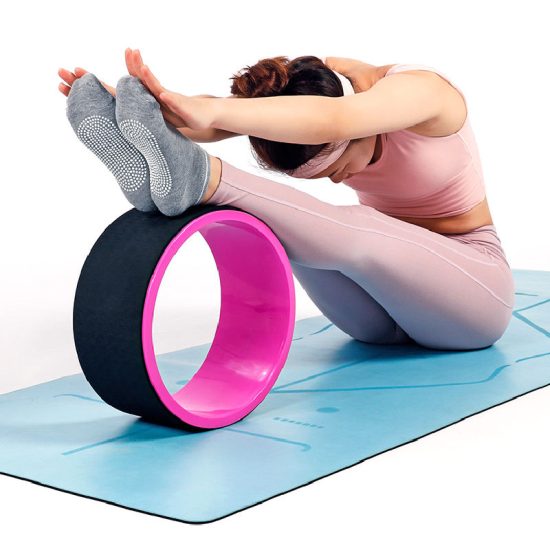- Choose a Dedicated Space:
- Designate a specific area in your home for your yoga practice. This creates a sense of purpose and allows energy (chi) to flow freely in that space.
- Natural Light and Ventilation:
- Practice in a room with ample natural light and good ventilation. Natural elements are important in Feng Shui, and they contribute to a positive and uplifting energy in your practice space.
- Clear Clutter:
- Remove unnecessary items from your yoga space. Clutter disrupts the flow of energy, so keep the area tidy and organized. This applies not only to the physical space but also to your yoga mat and props.
- Positioning of Yoga Mat:
- Place your yoga mat in a position where you can see the entrance to the room. This allows you to maintain a sense of security and awareness during your practice.
- Use Harmonious Colors:
- Choose calming and harmonious colors for your yoga space. Earthy tones such as greens and blues can promote a sense of balance and tranquility.
- Incorporate Natural Elements:
- Bring in elements of nature, such as plants or crystals. These elements enhance the positive energy in the space and connect you with the grounding energy of the earth.
- Symbolic Imagery:
- Include symbolic or meaningful imagery in your practice space. This could be a piece of artwork, a statue, or a mandala that holds personal significance.
- Create a Comfortable Atmosphere:
- Use comfortable and supportive props to create a cozy and inviting atmosphere. This encourages you to fully engage in your practice without distractions.
- Balance Yin and Yang:
- Feng Shui emphasizes the balance of yin and yang energies. In your yoga practice, incorporate both dynamic (yang) and restorative (yin) poses to achieve a balanced flow of energy.
- Mindful Decor:
- Be mindful of the decor in your yoga space. Choose items that evoke a sense of serenity and align with your personal sense of tranquility.
- Set an Intention:
- Begin each practice with a clear intention. This can be a specific goal for your session or a broader intention for balance, healing, or personal growth.
- Use Feng Shui Principles for Layout:
- Apply Feng Shui principles to the layout of your yoga space. For example, avoid placing your mat in direct line with a doorway, as this is considered a path for energy to escape.
By incorporating these Feng Shui principles into your yoga practice, you can create a space that supports your physical and energetic well-being. The goal is to align your practice with positive energy and promote a sense of balance and harmony in your yoga space.




